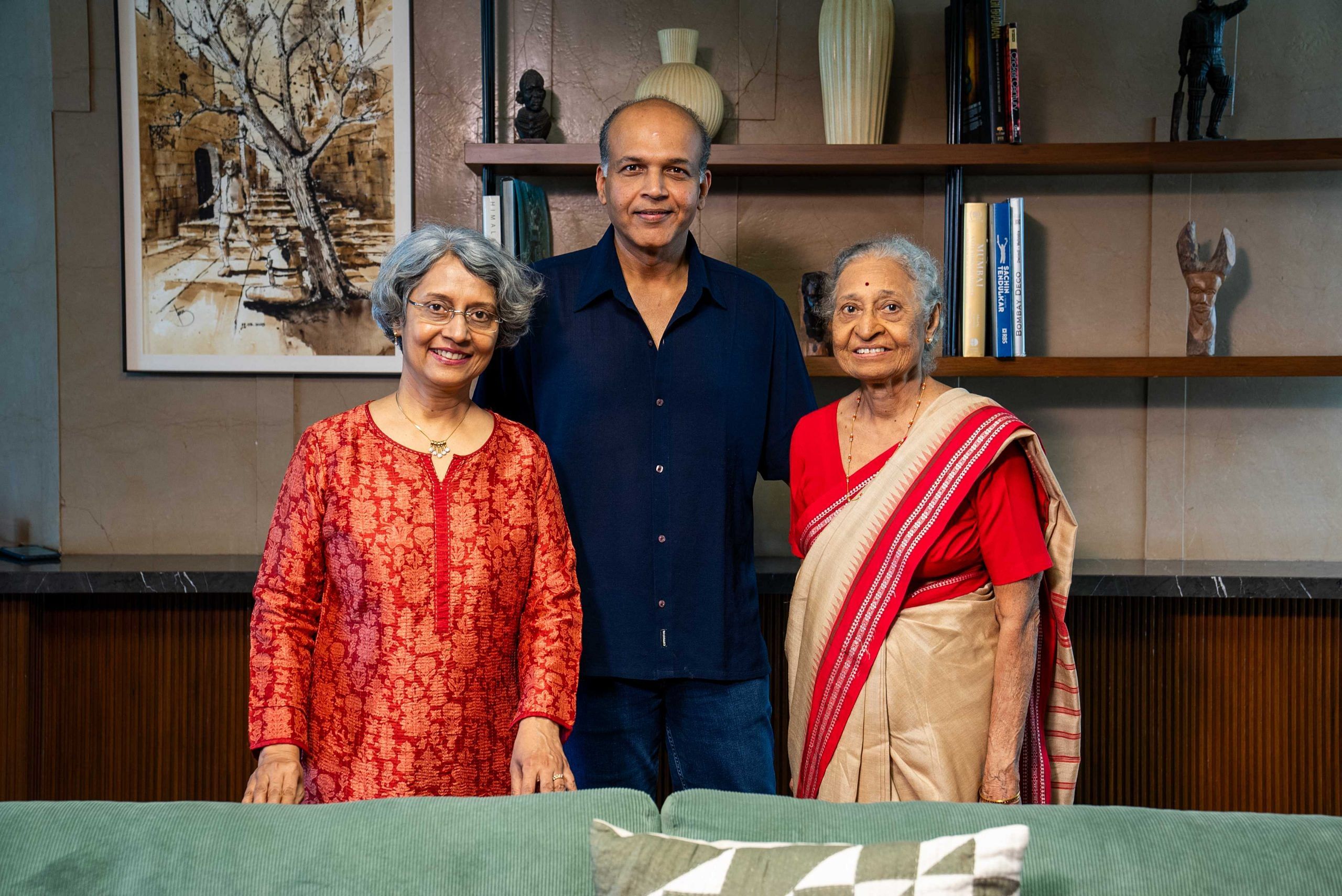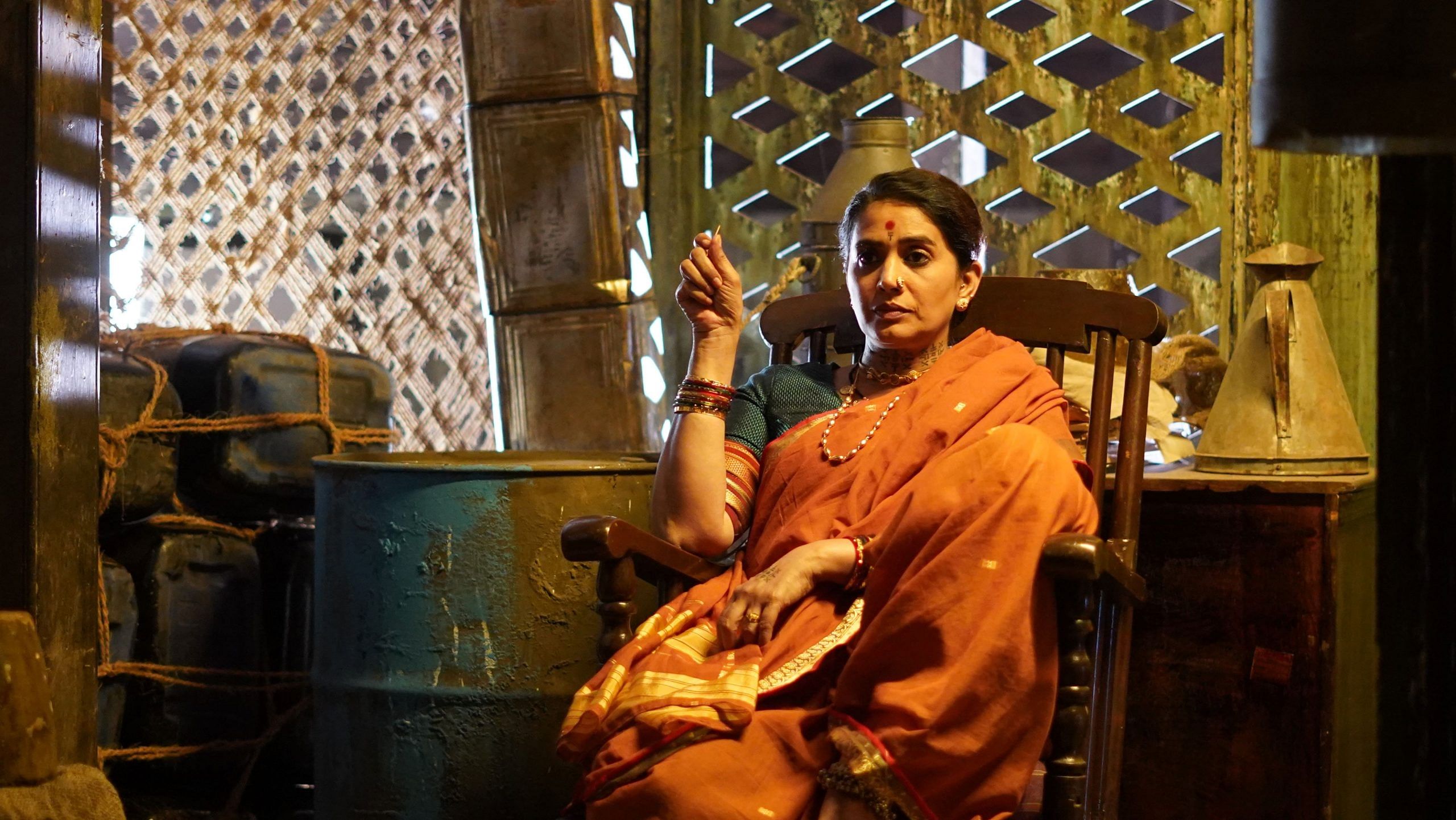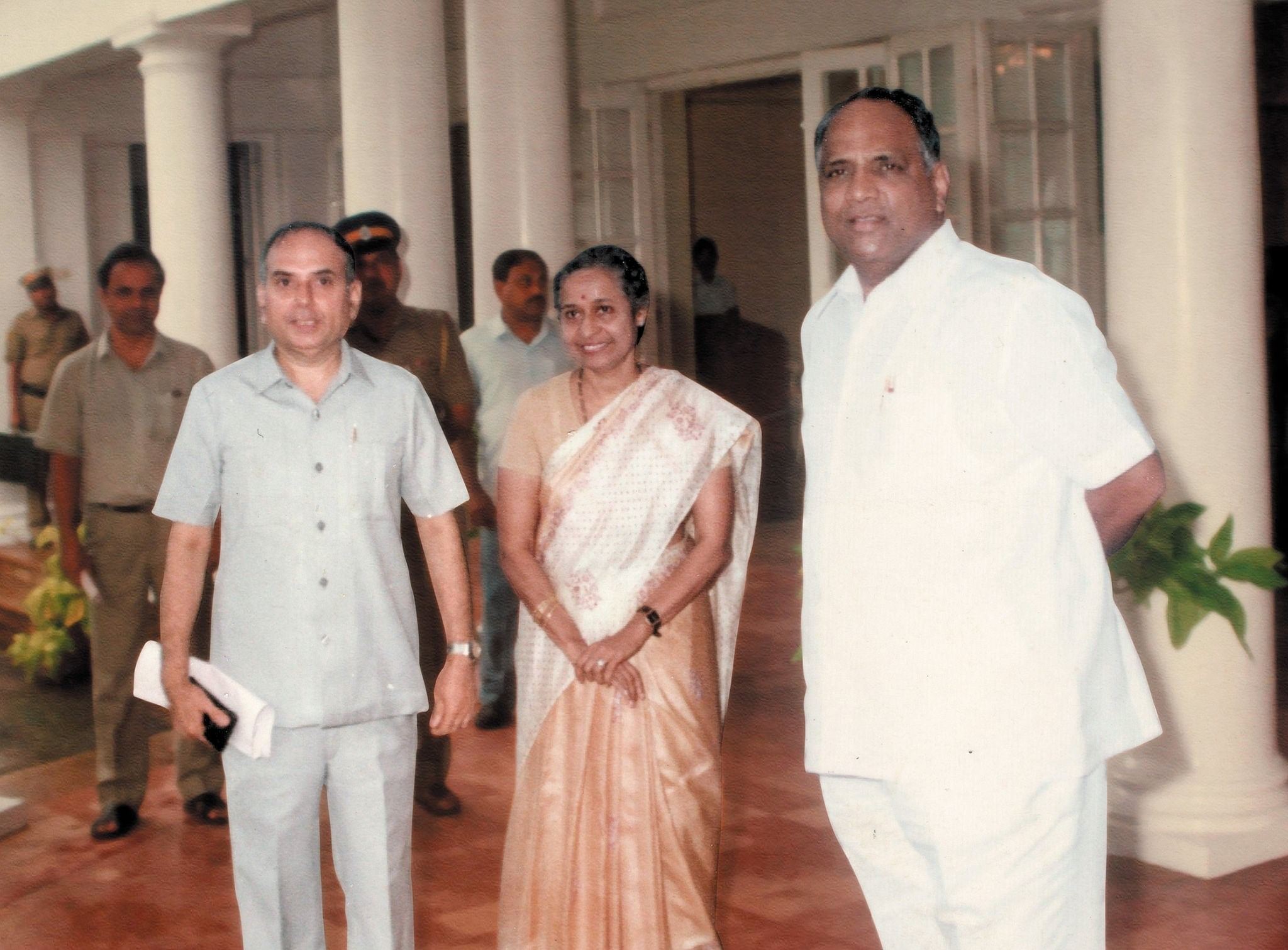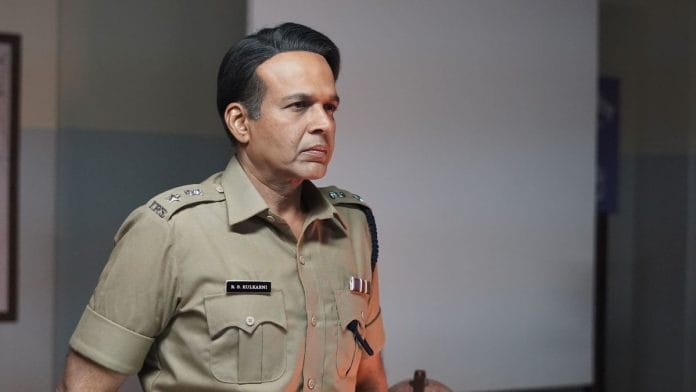New Delhi: Ten people sacrificed to the evil spirit of a tree in a quest for gold and fertility. The horrific murders that unfolded in Manwath, a town in Maharashtra’s Marathwada region, sent shockwaves across the country in the 1970s. Now, a new OTT series on Sony Liv is revisiting the case from the perspective of the police officer who solved it–Maharashtra Director General of Police Ramakant Sheshagirirao Kulkarni.
The Marathi-language Manvat Murders, released on 4 October on Sony Liv, is based on a chapter in Kulkarni’s book, Footprints on the Sands of Crime (2004).
Kulkarni set up the Mumbai Crime Branch and was instrumental in building its early reputation as a reliable and formidable crime-solving unit. By the time he retired as DGP in 1989, he was popularly called the Indian Sherlock Holmes. His track record in rooting out killers and cracking complex crimes made him a popular protagonist in Bollywood and OTT. Anurag Kashyap’s 2016 thriller Raman Raghav 2.0 was based on a real-life case involving a serial killer that Kulkarni had solved.
“My mother told me that Raman Raghav was the first case my father got when he was newly appointed as head of the Crime Branch. He never shared case details with family, but we read about it later in his book” said Anita Bhogle, Kulkarni’s daughter. Kulkarni passed away on 23 March 2005, a year after his book was published.
“When I was young, I would cut out all the newspaper articles that had his name and create a file,” Bhogle told ThePrint.
The ritualistic murders at Manwath between 14 November 1972 and 4 January 1976 became one of the more horrific cases he took on. It exposed the evil of superstition and occult practices that wreaked terror in the village. The first victim, a 10-year-old girl, was beheaded by the perpetrators, a Pardhi woman and her upper-caste lover.
Whenever we were shooting, especially the scenes of the killings, everyone from my DOP to actors were shocked at how these murders had been committed.
—Ashish Avinash Bende, director of ‘Manvat Murders’
The gruesomeness of the murders has ensured that it remained alive on screen. In Marathi cinema, it inspired Ramdas Phutane’s Saravasakshi (1978), starring Smita Patil, and Amol Palekar’s directorial debut Akriet (1981). In Bollywood, it provided fodder for SU Syed’s Bhayaanak (1979), starring Mithun Chakraborty.
What sets Manvat Murders apart is its attempt to separate fact from fiction. It interrogates the investigation and the challenges the police faced.
Kulkarni’s methodical approach to crime, his way of interrogation, and even his stance against superstition, despite being a deeply spiritual man, find space in Manvat Murders, written by Girish Joshi and directed by Ashish Avinash Bende.
“My only condition was that he be played in the way he was in real life. Gowariker met me, and I told him some of the mannerisms that my father had,” said Bhogle.

Superstition/faith
In the web series, actor Sonali Kulkarni plays the main accused Rukminibai who is in love with a married upper-caste man, Uttamrao Barhate (Makarand Anaspure). The two have different motivations: Rukmini is unable to bear children, while Uttamrao wants the gold he is convinced is buried under a peepal tree.
A local tantrik named Ganpat Salve (Kishore Kadam) tells Rukmini and Uttamrao that the spirit of a boy, or ‘munjya’ in the local lore, is trapped in the tree, and could be appeased by human sacrifice. It will give Rukmini the child she has always wanted, and Uttamrao the treasure he craves.
The couple hires men to carry out the killings, which continue even when the police start investigating the case.
“Whenever we were shooting, especially the scenes of the killings, everyone from my DOP to actors were shocked at how these murders had been committed,” said Bende.
The atmosphere in the show remains consistent in conveying the overwhelming dread experienced by the villagers and investigators alike at the murders.
Kulkarni used to carry his own god with him everywhere and was a man of faith. But he was also against superstition and raised his voice against it. Apart from the murders themselves, this was what attracted me to direct the show.
—Ashish Avinash Bende
The murders were the result of abject poverty, deep-rooted superstition, patriarchy, desire, and greed. Joshi’s script deftly handles all of these issues without making the narrative dull or unfocused.
“The detailing in the show is such that we got a dialect coach so that we can speak the Marathi actually spoken in the region. Even my hair was done in a way so that my character’s journey of being an impoverished woman who rises to money and power can be portrayed accurately,” said Sonali Kulkarni. The actor skillfully portrays a woman whose entire being is consumed by the desire for a child and the respect and status it would bring her.

Bende’s motivation behind agreeing to direct the web series came from its handling of superstition and faith.
“Kulkarni used to carry his own god with him everywhere and was a man of faith. But he was also against superstition and raised his voice against it. Apart from the murders themselves, this was what attracted me to direct the show,” said Bende.
Also read: Is the golden age of OTT over? Censorship, stars, and the shift to ‘safe’ content
An exceptional cop
In the world of swashbuckling, gym-bodied cops, DCP Ramakant Kulkarni, played by Ashutosh Gowariker in the show, is an exception in many ways. He is a middle-aged policeman, a family man, who makes sure to finish his tiffin before going home—while ensuring that his cases are watertight and they hold in a court of law.
Fond of music and writing, Ramakanth Kulkarni was also a social worker, having started a school and co-operative shop in the Marathwada region where he was once posted. But above all, he was a problem solver in search of the truth.
“He never raised his hands on even the most hardened criminals he dealt with. He was soft-spoken and had the kind of persona that made even criminals open up to him,” said Gowariker. The actor’s father was a policeman himself, and Kulkarni was held in high regard.
“I know what the family life of a policeman is like, and he was the Indian Sherlock Holmes after all,” he said.
This is also highlighted in the show as Gowariker’s character questions a suspect while one of his juniors tells a fellow cop about how he interrogated the accused serial killer Raman Raghav.
This conversation takes place while Kulkarni is interrogating a suspect in the Manwanth murder case. The interrogation scene is interspersed with the conversation between the subordinate officers outside, where one tells the other how Kulkarni apparently fulfilled Raghav’s request for tandoori chicken, and that made the killer open up about the crimes he had committed.
Meanwhile, in the ongoing interrogation, Kulkarni, instead of intimidating the suspect, offers the man a cup of tea. He realises that the man is a paedophile, but isn’t involved in the killings. He comes out of the interrogation room and asks another subordinate officer to book the man under the relevant sections. None of this is done in a raised voice or slow motion. It is a regular day at work—despite the horrific circumstances.
While deliberating over accepting the role, what stood out to Gowariker was that the case was solved not through immediate handling or examination of physical evidence but a meticulous research of existing paperwork and interrogations by Kulkarni. The case had been handed over to him by then-home minister Sharad Pawar.

“We showed the showreel to Pawar, and he said that this is exactly how it happened. So we are confident about what we have done,” said Bende.
(Edited by Prasanna Bachchhav)






